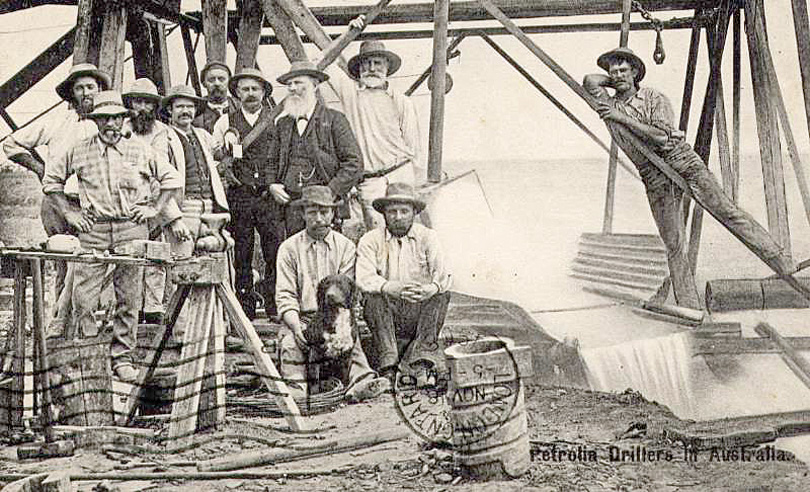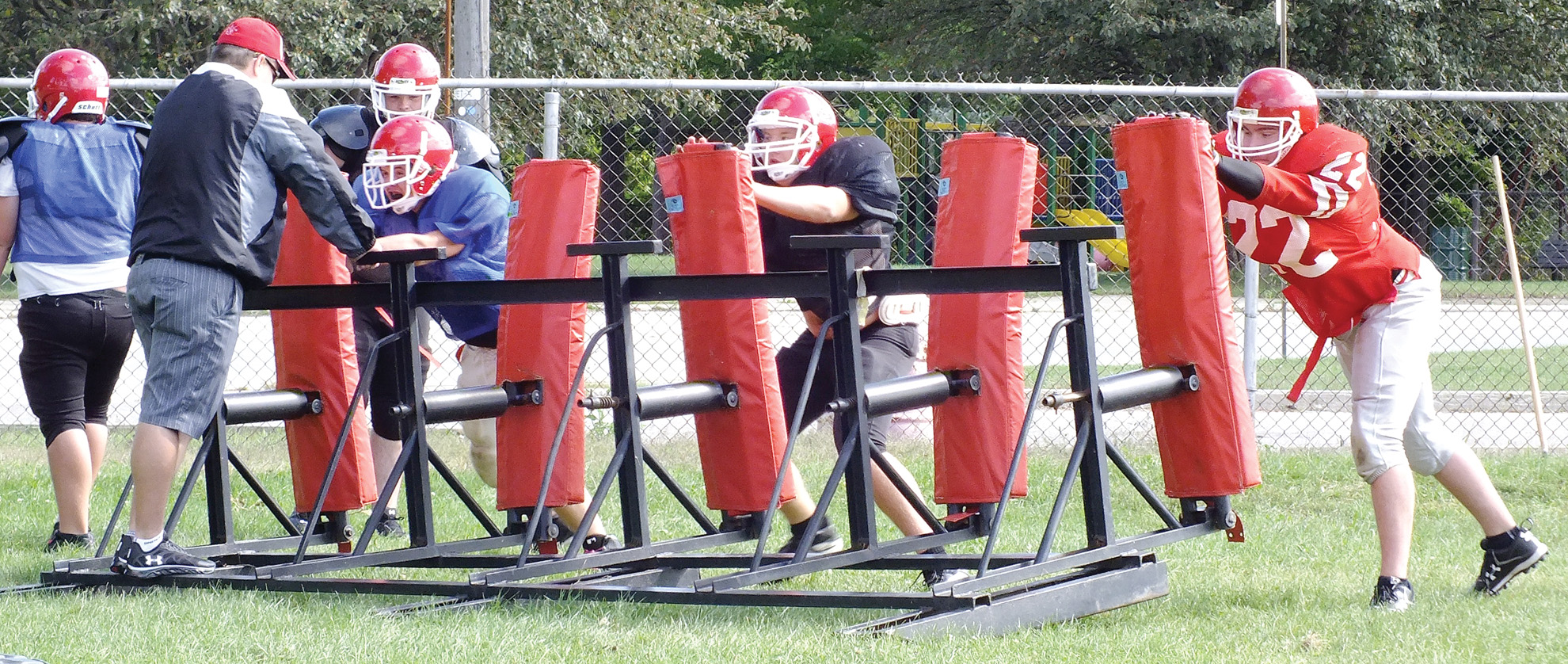The story of Hard Oilers opening up the oil fields of the world is about to hit the worldwide web.
The Oil Museum of Canada has received a $35,000 grant to the federal Virtual Museum of Canada Investment Program to produce a virtual exhibit called The Untold Story of Canada’s International Oil Drillers: The Canadians are Coming!
The virtual exhibit, which is also funded by Fairbank Oil Properties and Lambton County, will use new research and cutting edge technologies to explore the story of how Lambton County oil drillers introduced drilling technology around the world, according to Laurie Webb, the supervisor curator of museums in Lambton County.
After the oil boom in Oil Springs and Petrolia slowed, the men who opened up the oil fields went abroad looking for new places to work. Their trips to places like Australia, Italy, Egypt, Borneo, Africa, Russia, India and what is now Iraq became legends as the Hard Oilers wrote home telling of their exploits.
“There are some amazing stories,” says Webb. The Oil Museum literally has a whole basement of items from the trips abroad, she adds.
“It’s an important story that is not well known and is one of the things we’d like to make people more aware of.
“They went everywhere and there are pretty amazing tales that they came back with and some of them didn’t come back,” says Webb. “One of the dynamics people don’t think about is the difficulty of traveling in the 1800s.”
Webb says the exhibit will only be online. “The Virtual Museum of Canada has been funding these types of programs for quite a few years,” she says. “It’s becoming more and more common…It is just to make exhibits more accessible to people who can’t come into the museum.”
It will take months for local museum staff, volunteers from heritage committees in Petrolia and Oil Springs and workers from the Virtual Museum to put the exhibit together and it becomes available on the Internet.
Webb isn’t worried using the internet to spread the historic information will reduce traffic at the local museum. “This is just help to get the story out the door,” says Webb. “It may do the opposite – it may make people want to come to the Oil Museum to find out more.
“We’re going to be able to expose a lot more people to the stories … and if we can bring the museum, all the better.”
– Heather Wright





